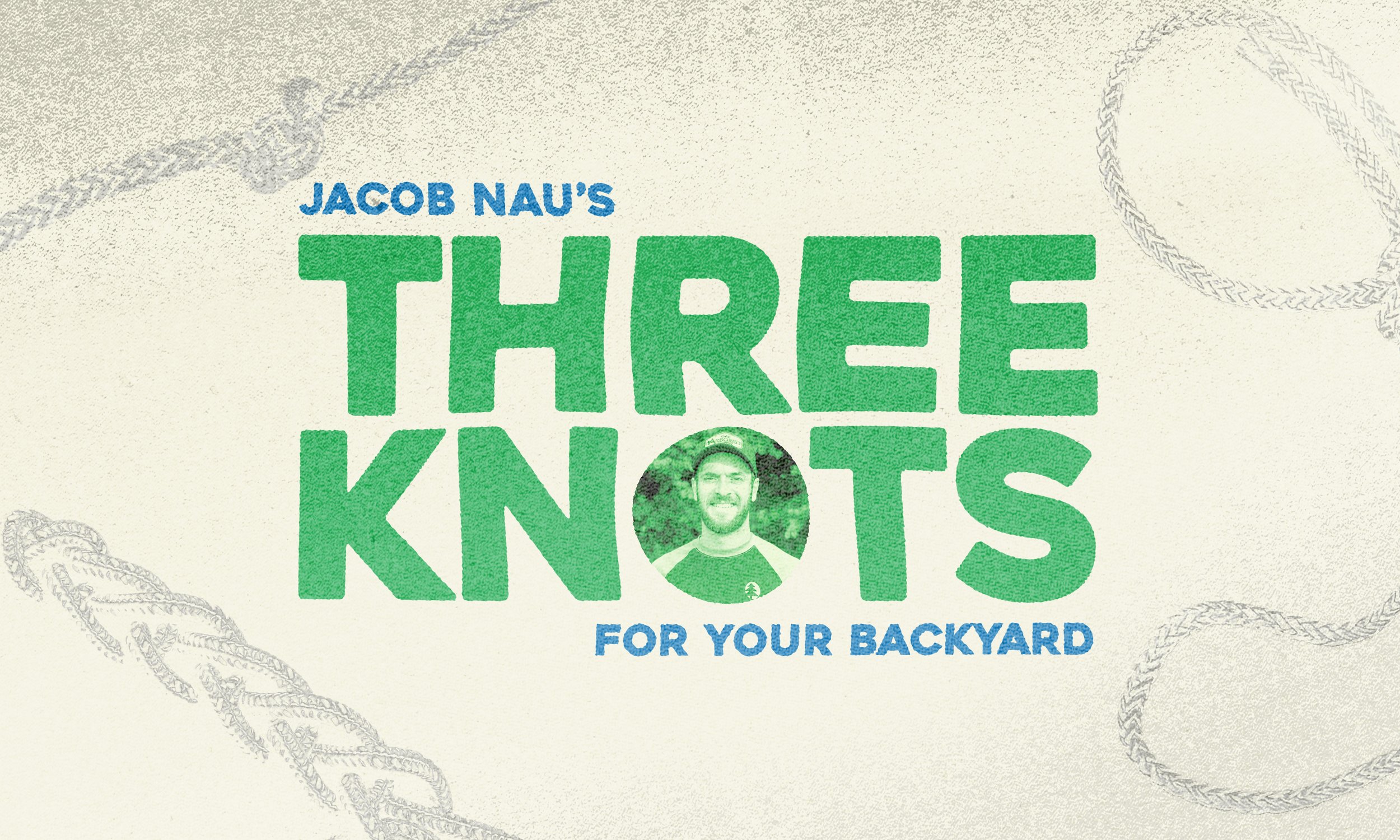What uses come to mind when you think of knot-tying? Putting up a rope swing, securing a load in a truck bed, or installing a makeshift fence around the garden perhaps?
Rope handling and knot-tying may be overlooked by many today as an antiquated skill lost to history. When questioned, most people may only think about knot-tying and rope handling as a badge that is to be awarded to young Boy or Girl Scouts.
Or, if you are an avid history aficionado like myself, knot-tying may even conjure up images in your mind of the seafaring sixteenth and seventeenth centuries. The age of sail was one of the pinnacles of human technology with navigating the oceans on massive wooden ships. Skilled crews used miles of rigging consisting of ropes and knots to help steer the large vessel.
The rigging for a British ship-of-the-line.
All of these scenarios are just a brief glimpse into how interwoven human history is with knot-tying and the use of rope. Some historians even believe that knot-tying and rope handling is a technology older than the wheel. It is a relationship as old as recorded history itself!
In a world full of technological advancements and mechanical wonders, you won’t be able to find a replacement for good knot know-how and rope handling. Just think of some of the industries we wouldn’t have without them: rope access, technical rescue, arboriculture, commercial trucking and shipping, commercial fishing, performing arts, the list goes on and on!
Let’s take a look at three knots that you may find useful in your own backyard or around the house. I will let the videos speak for themselves on how to tie the knot, but I will include some common uses down below!
Figure Eight Stopper Knot
The figure eight stopper knot is a relatively easy knot to tie and functions as the name implies. Tying this knot on the end of a rope may prevent it from slipping out of your hand or falling out of your reach. The figure eight knot is the building block of a whole range of more knots relating to or requiring the figure eight knot!
Tying a number of these knots about a foot apart from each other on an anchored rope will give your kids a simple way to climb a rope. Using a short section of 2x6 wood with two equally spaced holes, two equally-long pieces of rope, and two figure eight stopper knots, you can have yourself an affordable rope swing!
But how do we anchor our rope swing?
Bowline Knot
This particular knot forms a secured loop at the end of a rope that can be used to attach the rope to a suitable anchor. Commonly referred to as the “king of knots”, this knot is also the building block of a whole family of bowline-related knots. It may be more difficult to tie than our figure eight stopper knot, but this is a very appropriate knot to use for anchoring our rope swing as well as anchoring a rope to a truck bed or trailer when you are trying to secure a load,
Chain Sinnet (Daisy Chain)
This knot is used primarily for shortening or storing a longer rope and having quick access to all of its length, without the hassle of coiling or tangled, unwanted knots! I use this knot extensively to store longer extension cords in my garage so that I can plug them in and then transport them to where I need them on my property without having to deal with a tangled, jumbled up mess.
BONUS Knot: Slipknot
If you have mastered the chain sinnet, then you may have learned a fourth knot without even realizing it! The chain sinnet is started by tying a Slipknot. We have our arborists first learn this knot when they begin working at Russell Tree Experts. It is an easy, quick knot to learn and allows you to add a loop anywhere along the rope. To retain the loop in the rope, be sure to clip a carabiner or some sort of equipment to the loop. We use this knot daily to send equipment into a tree’s crown. You may find a use for it such as when adjusting the height of a hammock!
I hope this article has inspired you to look into how tying knots can improve your day-to-day activities around the house. Cheers to the craft of knot-tying!
Sincerely,
Jacob Nau I Training and Development Manager, Russell Tree Experts
Jacob joined RTE in 2015 and has been involved in tree care for over 10 years. He enjoys climbing trees recreationally (in addition to professionally) and spending lots of time with his family.



